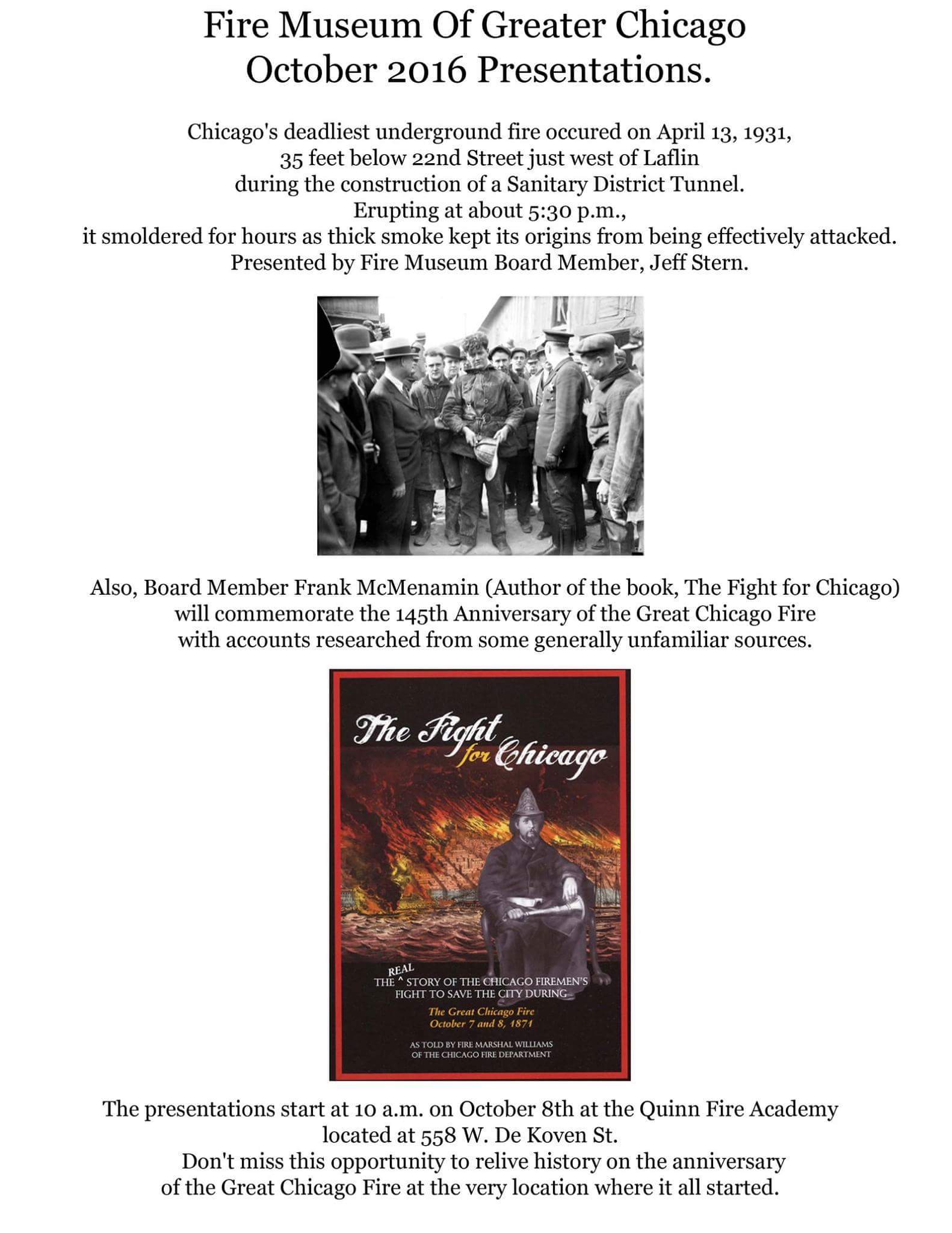Posts Tagged the Great Chicago Fire
From Smithsonian.com comes an interactive historical map of Chicago prior to the Great Chicago Fire.
The historical map viewable in a spyglass comes from the David Rumsey Map Collection. … David Rumsey, a map expert who has been collecting maps since the 1980s, … describe[s] the nature of the map … His personal map collection currently contains more than 150,000 maps and is one of the largest private collections in the United States.
Rufus Blanchard, a Chicago map publisher whose business flourished in the late-18th century, made this 1868 map of Chicago as part of a guidebook called “The Citizen’s Guide for the City of Chicago.” The map itself is made out of thin paper, and is extremely durable despite its light weight – perfect for fitting in the pocket of a Chicago resident or a tourist looking to navigate their way through the increasingly bustling metropolis. “Chicago was a really busy town, it was exploding at that time,” Rumsey notes, pointing to the crisscross of railroads as a primarily clue to the Windy City’s massive expansion.
“One of the things that you notice right away are the railroads shown. There are around seven railroads coming into the city. Almost all of those railroads are gone today.” To see the growth, look to the west of the map, where Rumsey points out subdivisions popping up around pockets of streets, reflecting the way that neighborhoods grew in specific and insular ways. But don’t just look to the west – also look to the east, to Lake Michigan. “Chicago did grow to the east, because it filled [Lake Michigan] in. That’s one thing that’s really exciting about this map. Put the lens on the shoreline and you’ll see how much land was added compared to the old map,” Rumsey explains. To facilitate their booming population, the city used Lake Michigan to its advantage in many ways, from filling in shoreline to create more land to the “Lake Tunnel” and “Tunnel crib,” shown in the upper-right part of the map, which were used to channel fresh water from the lake back to the city.
The map shows Chicago in a boom – but that expansion would be devastated less than five years later in the Great Chicago Fire. Rumsey points out the huge swaths of city that would be burned by the fire – all the blocks shaded pink, green and pink to the north and the blocks shaded yellow and blue to the south.
thanks Jeff































